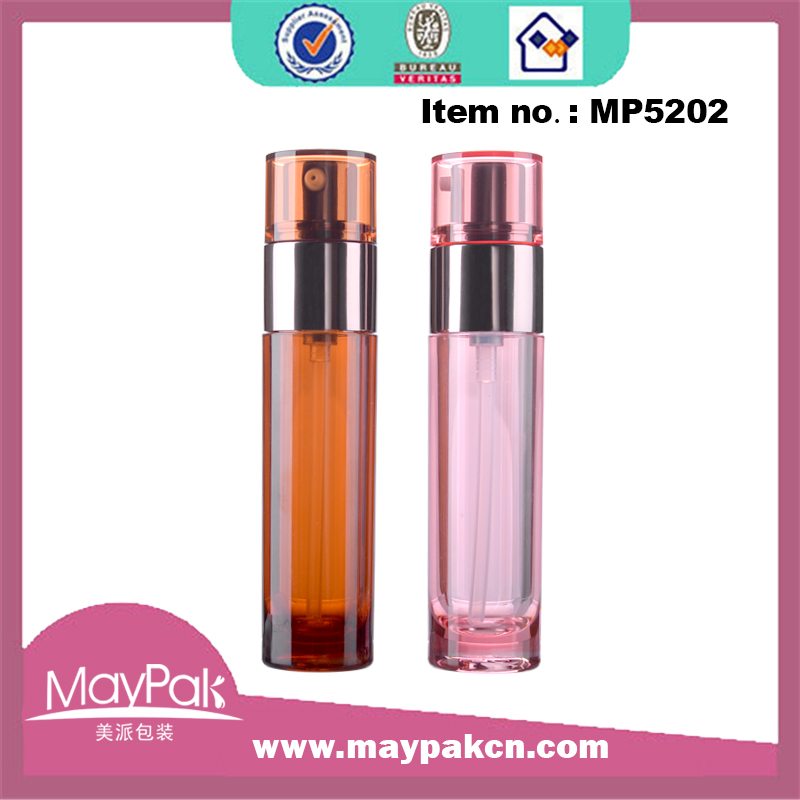Unlike screen printing, in offset printing the image of the design is transferred to plates rather than a screen. Each plate is individually engraved for every color used; the ink is then transferred to a rubber “blanket.” Blankets are attached to a rotating wheel, and each blanket contains one color. Whereas in screen printing a separate pass is required for each color, in offset printing, the entire process is done in a single pass. Offset printing can be “dry” or “wet,” which refers to the type of ink used. This method is best-suited to round containers but can be adapted to square or irregularly shaped containers, although production will be at a lower speed.
Advantages of offset printing:
- Precise replication of even delicate designs and artwork
- When artwork has halftone printing demands
- Single-pass application
- High-speed production on round containers or plastic and metal tubes
- Multi-color capabilities
- Direct-to-surface printing
